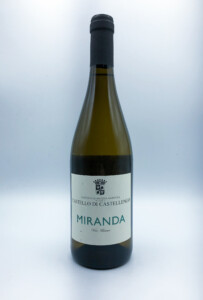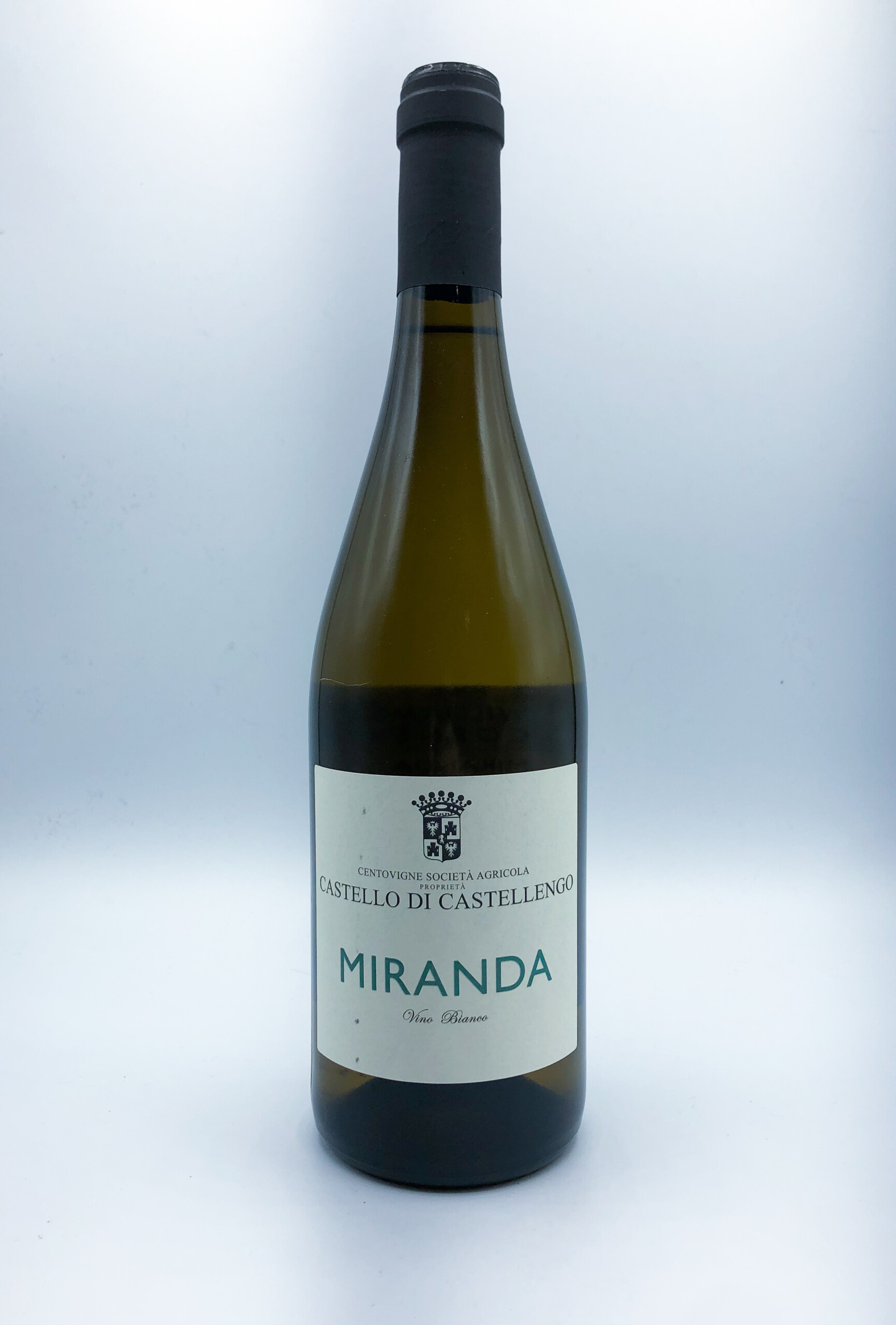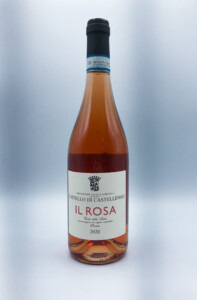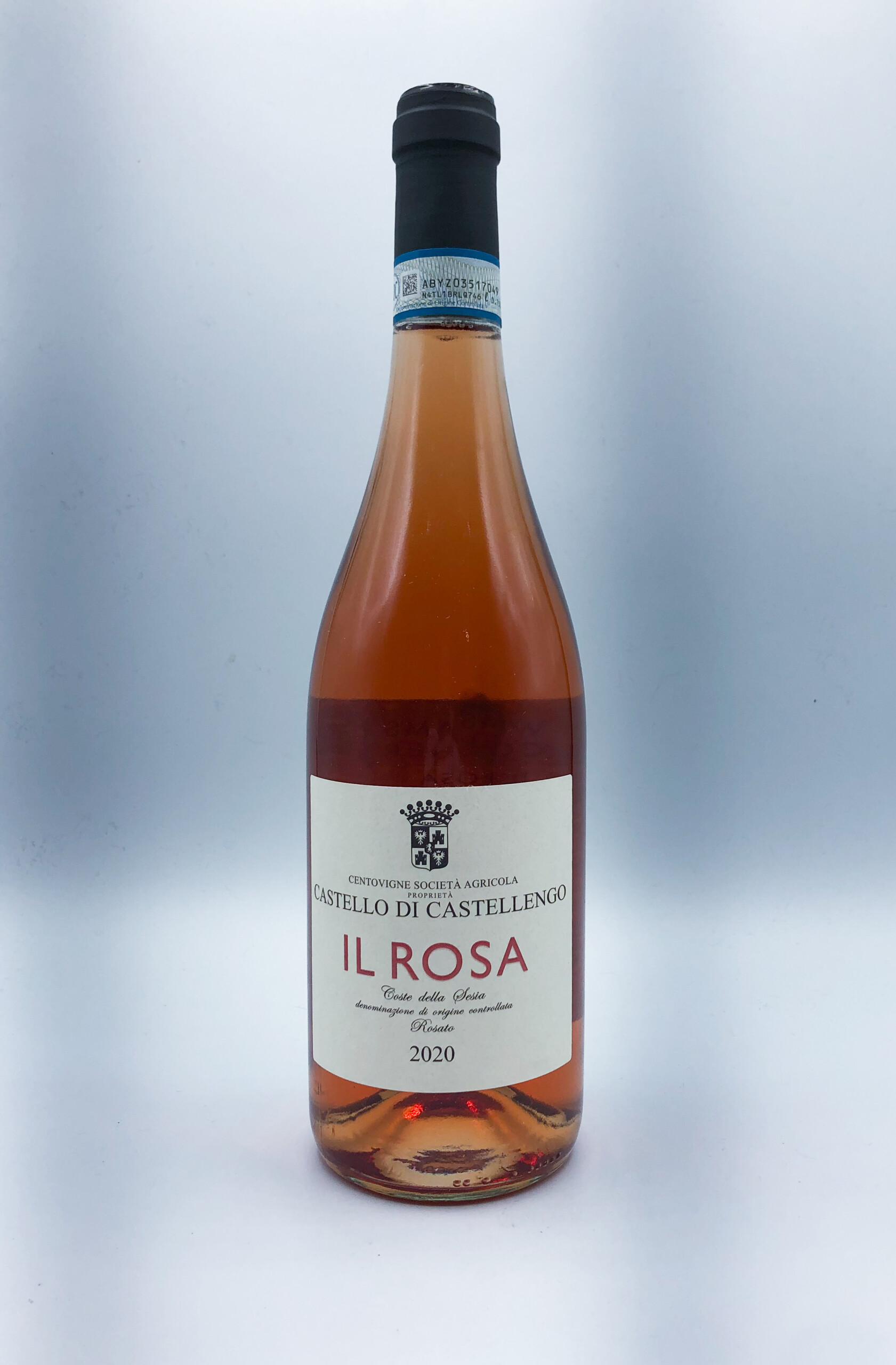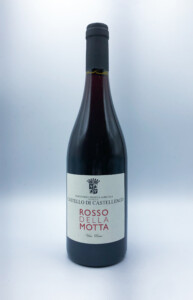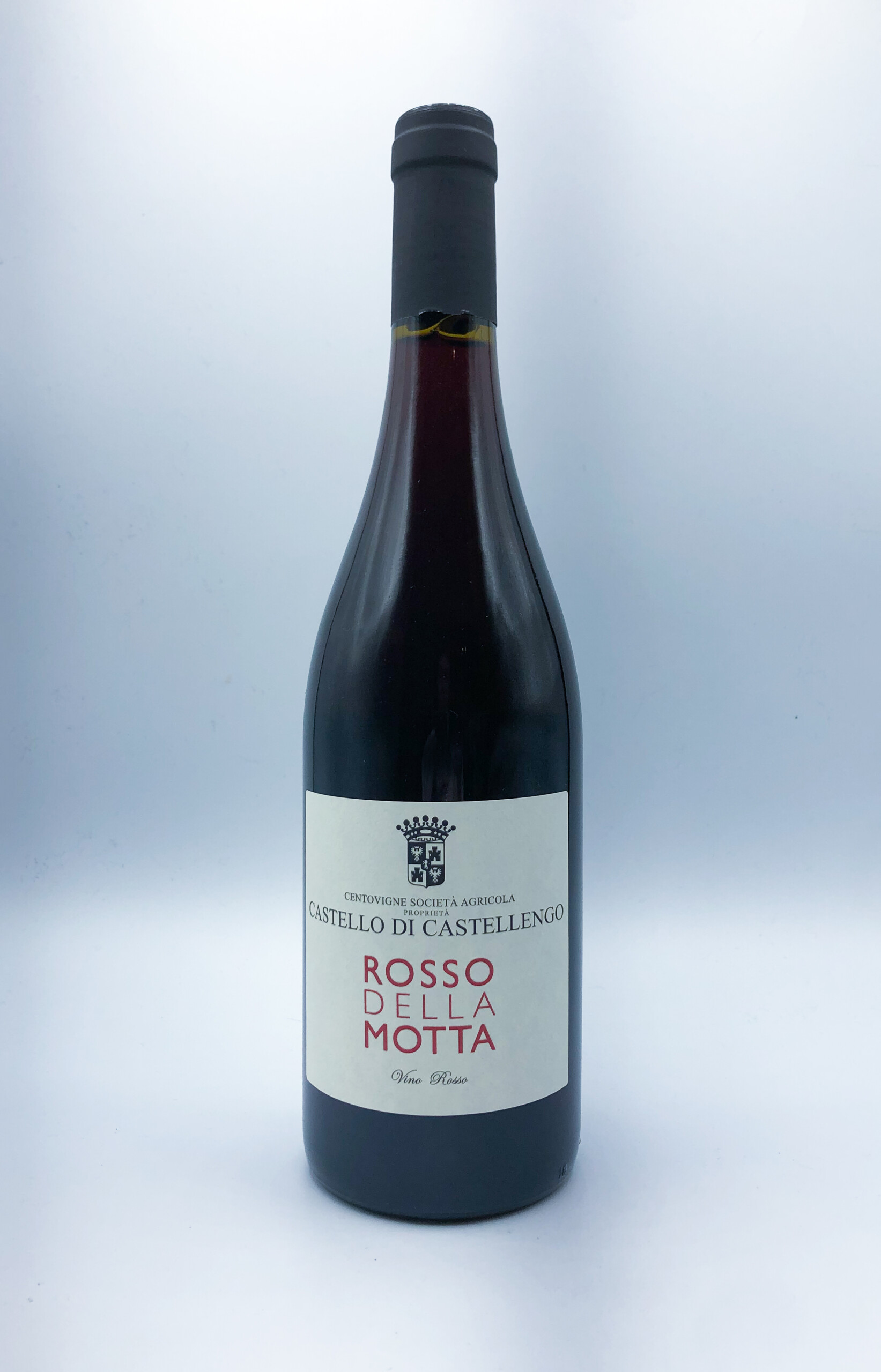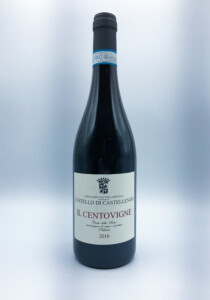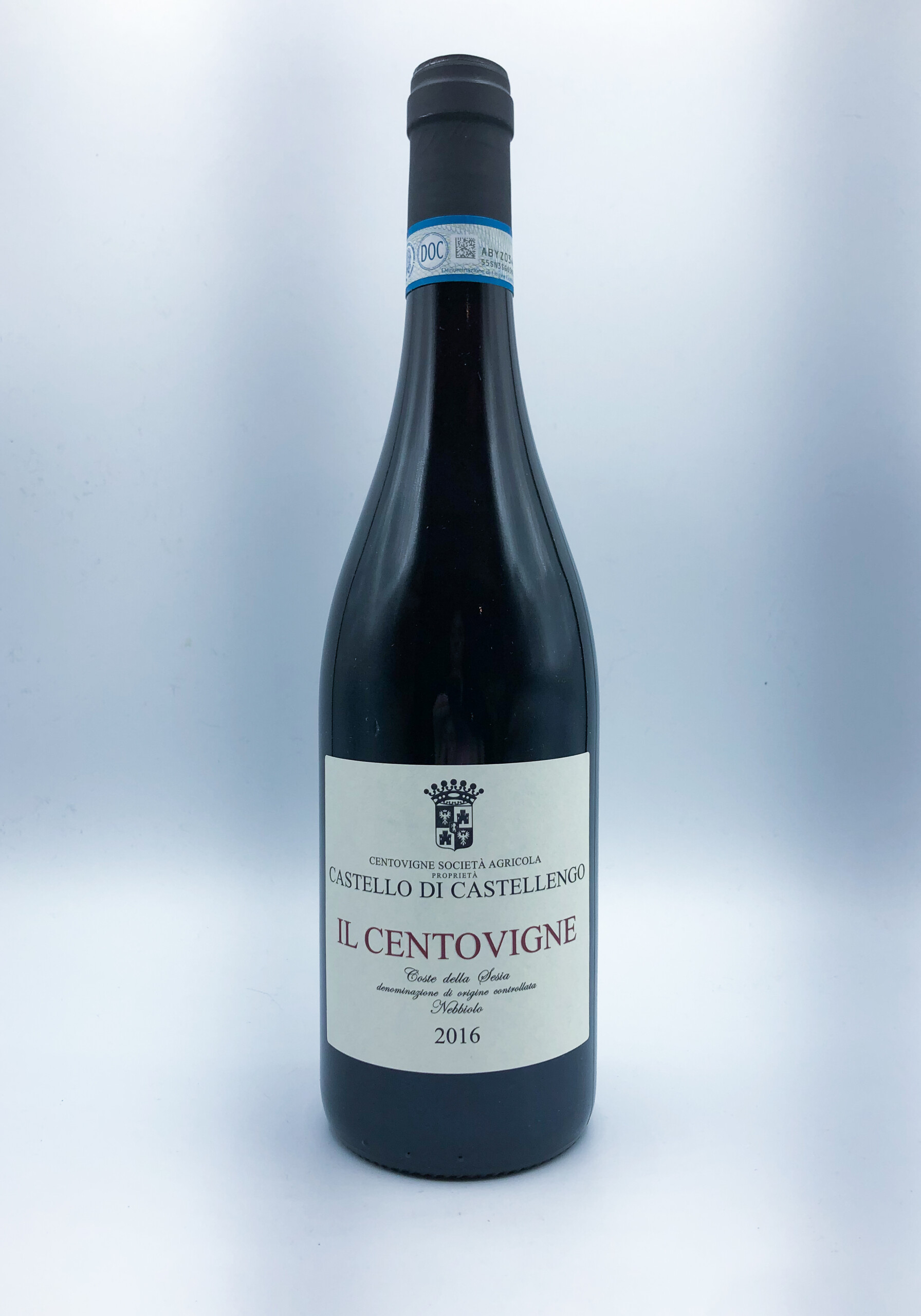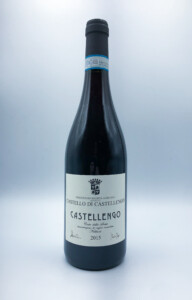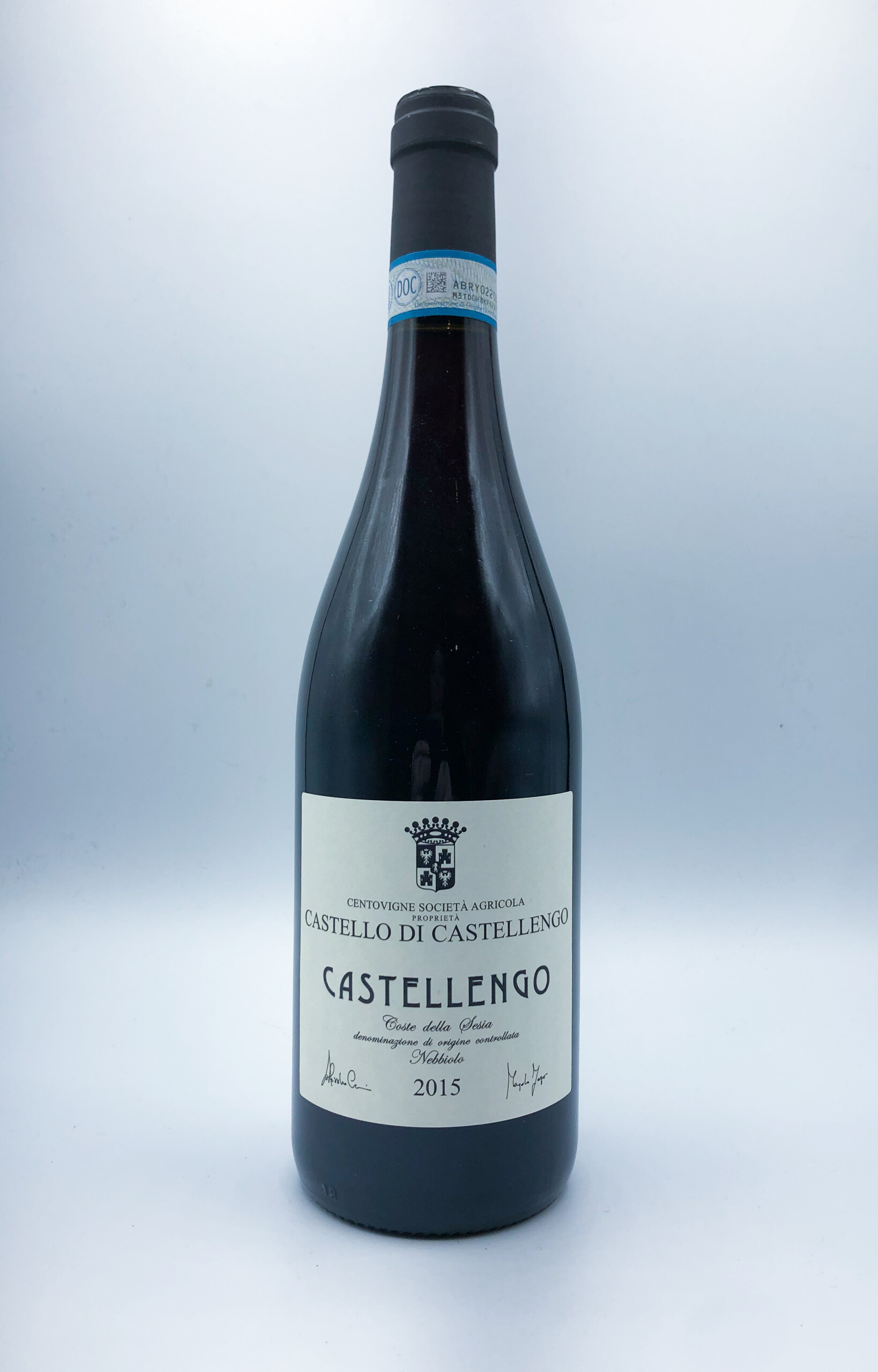Centovigne / Castello di Castellengo
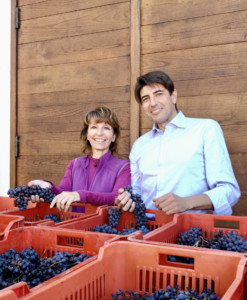
Magda Zago & Alessandro Ciccioni
About
Owners: Magda Zago and Alessandro Ciccioni
Winemaker: Magda Zago
Vineyards: 7.5ha across 37 small parcels throughout the surrounding hills
Vineyard management: Sustainable, organic practices but not certified
Soils: Ancient submarine glacial soils, sand mixed with clay
Grapes grown: Nebbiolo, Vespolina, Erbaluce
Annual production: 50,000 bottles
Quick facts:
- The recorded history of winemaking at the estate goes back as far as 1682. A document was found, dated that year, listing the wine presses, barrels, and vats inside the castle.
- The estate is now called Centovigne (one hundred vineyards) because it is made up of many small parcels.
- Magda and Alessandro are working the historic vineyards what they consider an “archaeological” way, carefully fostering biodiversity and promoting soil health.
The historic Castello di Castellengo is surrounded by numerous 80+ year old vineyard plots, which gave the winery its name: “Centovigne” means “one hundred vineyards.” In 1998, Magda Zago and her husband Alessandro started making wine from these tiny plots. They’ve since expanded with new plantings to their current total of 7.5 ha.
Magda studied enology at the university of enology in Milan, and gained work experience in the Langhe. Wine has always been a big part of her life, however: she comes from a family of farmers in the Veneto region who have long made wine for personal consumption. An elementary school lesson on the magic of fermentation sparked her interested in experimentation and set her on the path to becoming a winemaker herself.
The Castello di Castellengo is found in Costa della Sesia, a lesser-known region of Alto Piemonte. When visiting, we were struck by how few vineyards are found in the general area–the combination of phylloxera and industrialization in the early twentieth century dealt a major blow to viticulture in the area. The dozens of tiny vineyards that make up Centovigne are the remnants of a nearly-lost viticultural tradition. Their 7.5ha of vineyards are scattered across a radius of about 8km, so each plot has marked differences in soil, aspect, and ripening time. The pronounced temperature shifts between night and day ensure ideal conditions to ripen Nebbiolo. However, since they are located below the mountains, they often have weather problems like storms, frost, and hail.
Soil types are very varied, including sandy, clay, and red soil rich in iron and minerals. This area was once the shore of an ancient sea which covered most of northern Italy, giving the soils here a high mineral content. The soil is very acidic, with a pH of 4.5, which naturally inhibits yield. Magda explains that it’s crucial to keep this type of soil “alive,” with the cultivation of plants like dandelions, which give nutrients to the soil and attract insects, in order for the vines to thrive.
“In reality, I would like to be drinking a nice mojito at a little bar on a beach in Mexico,” Magda jokes, “but I’ve fallen in love with this distinctive terroir with a strong winemaking tradition. The soils are unique in Italy because of their pH, and we have the possibility of vinifying one of the greatest grapes in the world, Nebbiolo.”
In the winery, Magda seeks to capture the uniqueness of the terroir in the bottle. She uses native yeasts, natural temperature control, cement tanks, and large used oak “botti.” Combined with careful manual labor in the vineyards, the result is wine with elegance, sincerity, and personality. Centovigne is distinguished by a large range of expressions of Nebbiolo, each of which expresses a unique terroir in its own way.


